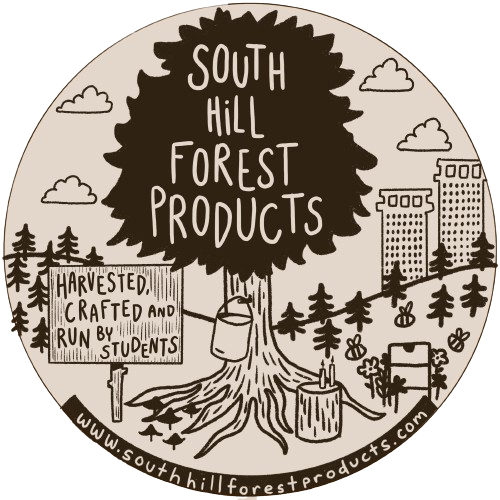Check out South Hill Apiaries for more information.
https://www.southhillapiaries.com/our-story
Honey Crystallization
Crystallization of honey often makes some people nervous, but let us assure you, there is nothing to worry about. Crystallization is a natural occurrence in raw, unfiltered honey. When honey is harvested soon after it is made, it will be liquid, but if kept for a long time, it will begin to crystallize.
You can slow down the crystallization process by putting your honey in the refrigerator. But be careful not to get it too cold, or it can freeze. If your honey has crystallized, you can make it liquid by placing it in warm water. The best temperature for the water is right around 100° Fahrenheit. Too much warmer and the honey will cook too much cooler, and it won’t soften.
Personally, we think that crystallized honey is great. It still tastes the same as (or better than!) liquid honey, but it's easier to spread on your cracker!
Botulism
The Center for Disease Control and Prevention recommends that honey not be fed to anyone under the age of 1 year. Infants can contract botulism, a serious illness, from natural spores within honey. Honey is safe for individuals above the age of 1 year.
Honey comes from the nectar of flowering plants that bees bring back to the hives and enzymatically treated and dehydrated until it is ripe and thick. When that is complete, it becomes the honey you know and love!
What We Do
Honey is only extracted from the hives by students when it is excess honey the bees do not need. The late fall is a particularly bad time to collect honey because they need all the food they can get in the winter, so we like to collect when the bees have a lot of excess food in the summer.
At the IC Apiary, we use the shake and brush method. This involves us taking a frame out from the hive and safely shaking it or brushing it so that the bees fall back into their hives. The collected honey is then separated from the comb and put through a two-step filtration process to ensure it is smooth and delicious.
Students then sterilize bottles and jars in boiling water. These jars are filled, capped, and labeled. After which they are ready to be sold! We encourage you to view our current offerings.

